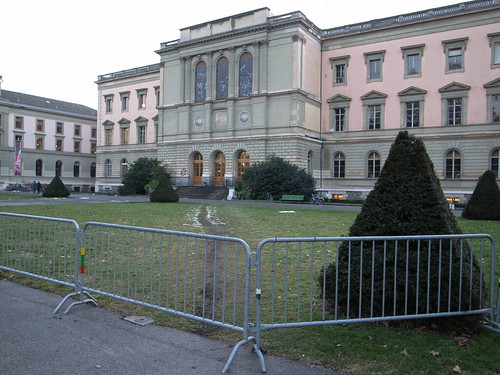Recently read L'Age du Plip by Bruno Jacomy, a french book about stories concerning the evolution of techniques. The book haven't been translated in english but there are some interesting aspects I wanted to report here. Using different examples of techniques, the author describes different rules of technical innovations
The first example is about the "plip", the remote keyless system to access automobiles. One of these device, invented by Paul Lipschutz received the name "plip". Jacomy finds interesting to describe "the fact that there is a mutual coexistence in drivers' pockets, of 2 distinct objects with the same function" (to open up doors and start off the engine). According to him, it shows that we're in a transitory phase with: the physical key made of metal with weird shapes and the "plip", that small box full of electronics. He also take two other examples a different transitory phase from sailing ships to steam ships (with a co-existence of both steam engines and sails) or the use of crank to start engines in old cars. In these cases, it took 50 years for the innovation (steam instead of sail, removal of the crank) to be fully deployed.
The second case study he observes is the difference between cook handles depending on their use of gas or electricity. To be started gas handles need to be turned counter-clockwise (to the left) and electric handles do not have standards, and generally need to be turned clockwise (to the right). The author shows that this is caused by the two different "cultures" behind the design of such instruments. Gas are fluids, and as every other liquids, one open handles by turning it to the left whereas electricity comes from a different culture in which things has been derived from devices employed to take measures (such as voltmeter). The modifications of voltage for example was measured by a small increase that would go clockwise (because of the resemblance of the measuring device and a clock). Then, when people had to design electrical appliances, they figured out that it would be better if an increase was translated by a clockwise movement. Things get complicated when the interface that evolved from two different culture can be found in the same cooking device (gas and electricity). Jacomy uses this as a second law in which he shows that the confluence between two techniques will have three phases: the two ignore themselves, then they coexist, then one win over the other.
We're in the midst of such a situation with the examples below: a telephone, a computer keyboard and... a lovely-but-dusty minitel.



This has been caused by two different technical cultures: calculators (started with Felt and Tarrant's Comptometer) and telephone keypad. The minitel is the most interesting because it's a sort-of computer designed with the phone interface culture. The author also mentions how ATM use both interface.
Why do I blog this? few notes and thoughts about that book (which have more to offer!). I find interesting this timescale dimension that also give some interesting elements to consider in terms of foresight issues and the evolution of artifacts. Moreover, the notion of "design culture" who set standards is also important, especially when things start to mix because of the convergence between manufactures objects. Surely material and food for thoughts for a near future laboratory pamphlet.

















